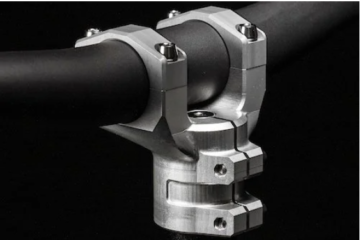Migrating hardware and software systems can be challenging for any organization. At first, the main goal is to reduce downtime and keep data safe. However, it’s important to think about how these changes will affect the organization in the long run.
In this article, we will explore the significant long-term impacts of hardware and software migration. Understanding these effects can help organizations make better decisions. Let’s help you plan effectively for the future!
Improved Performance and Efficiency
One of the main benefits of upgrading hardware and software is better performance and operational efficiency. Modern systems are faster and more reliable. They use resources better than older ones. This means more productivity and fewer slowdowns.
For example, switching from old storage systems to high-speed SSDs can make data access much quicker. This is improving the workflow.
Cost Implications
At first, migrations can take a lot of resources. It includes time and money. But in the long run, these upgrades can save a lot of costs. Newer systems need less maintenance and use less energy. This cuts down on operational costs.
Also, advanced software often integrates better. This reduces the need for extra solutions and lowers overall IT expenses.
Enhanced Security Measures
Migrations often involve moving to safer platforms. It offers better protection against modern cybersecurity threats. Over time, better security can lead to fewer data integrity breaches and stronger compliance with regulations.
This helps protect the organization’s reputation and avoid expensive penalties. Regular updates and patches ensure control system migration stays strong against new threats.
Scalability and Flexibility
New hardware and software solutions are usually built to grow with the business. This means companies can adjust to changes without needing another big move. Cloud-based solutions, for example, are super flexible, letting businesses increase or decrease resources as needed.
This flexibility is crucial for long-term growth and makes future changes less frequent and simpler.
Learning Curve and Workforce Adaptation
Switching to new systems often comes with a learning curve for employees. This might slow down productivity at first, but over time, workers get used to the new tools and become skilled at using them.
Training programs and ongoing support are important during this time to make sure the transition goes smoothly. In the end, investing in employee training pays off with better skills and higher job satisfaction.
Legacy System Decommissioning
One often overlooked part of migration is shutting down old systems. It’s important to properly retire old hardware and software. This helps to avoid extra costs and security risks. Over time, this leads to an easier-to-manage IT environment with fewer failures.
Shutting down old systems also lets you check and improve current processes. This makes operations more effective and efficient.
Explore the Long-Term Effects of Hardware and Software Migration Today
In conclusion, migrating hardware and software migration isn’t just a technical change. It’s a strategic decision with lasting impacts. It offers benefits like better performance, cost savings, improved security, and greater scalability, which usually outweigh the initial challenges.
This strategic move can help them stay competitive and efficient in the ever-evolving tech landscape. So, why wait? Get started today!
Did you find this article helpful? Check out the rest of our blogs like 10 Business AI Tools by abc-media.net Revolutionizing the Industry!




